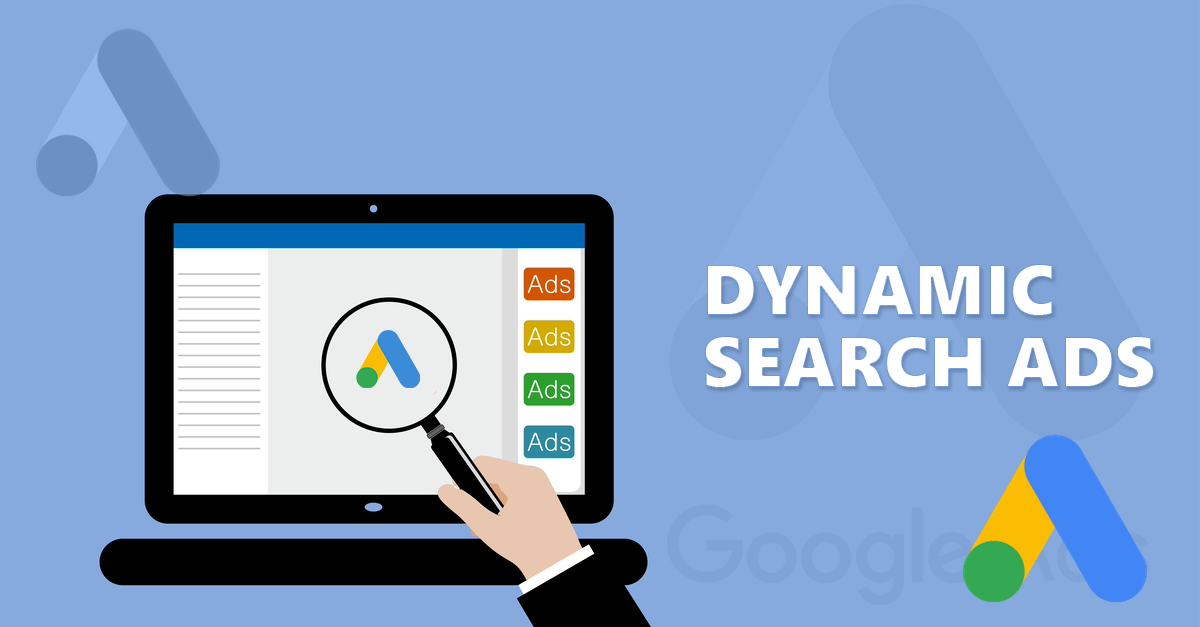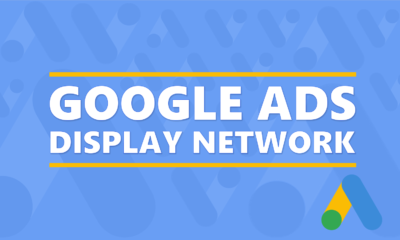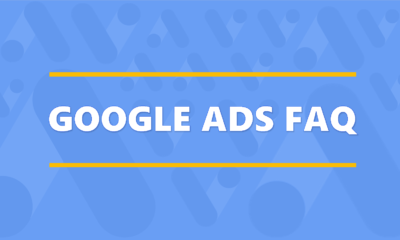If you watch the video and give this a read, you’ll be well on your way to better understanding dynamic search ads. Enjoy!
Every day, 15% of searches on Google are brand new. Because of this, some advertisers are turning to dynamic search ads. These ad types use content from your website to target users. When a user searches for something closely related to something on your website, a dynamic ad will self-generate to match the customer query based on content already on the site. Furthermore, the ads will point to the most relevant page on your website.
There are many reasons you may consider using dynamic search ads. For example, companies with in-depth websites or a large inventory may be good candidates for this ad format. So are sites that are well optimized and can operate on http://. On the other hand, sites that change rapidly (for example, featuring daily deals) aren’t the best match. The same goes for sites of a certain subject matter such as gambling, adult content or pharmaceuticals.
Dynamic Search Ads In Action
These time-saving ads are great for catching traffic you may otherwise not have received. Let’s look at a dynamic search ad in action: Let’s say you sell different types of athletic shoes – running shoes, tennis shoes, soccer shoes, and softball shoes. There could be all types of ways people search for these types of shoes – by brand, by sport, by gender, and so on. What if you could create a dynamic search ad to catch it all?
Here’s how you would do that:
- Create a search ads campaign as you normally would, except this time check enable dynamic search and select a targeting source (we recommend Google’s index of your website). Here are some tips on how to write a good ad.
- During ad group creation, specify which web pages should be used to target your ads. Finish filling out the rest of your settings such as location and budget. Click save and continue.
- You will be asked which content from your site to use (options include entire website, specific categories or pages). We recommend landing pages to start out since you already are sending ads to these locations. (You also may consider categories if your site is crawlable and clearly organized.) Learn more about targeting options for dynamic search ads.
- Click save and provide a description.
Be sure that you continue to optimize your dynamic search ads. Two ways to do this are to regularly review your search term and categories reports. Here is more information on how to optimize your dynamic search ads.
More tips on managing your Google ads:
- Make sure your ads are organized with user behavior in mind.
- Use tracking URLs that make the most sense for your goals.
- Create exclusions to keep out unwanted traffic.
- Consider automatic budding and retargeting to further make your campaigns more efficient. If doing the latter, make sure you have sufficient conversion data before trying this out.
Considerations
Dynamic search ads come with their own pros and cons. Among the benefits: More keyword coverage, ads are easier to make and set-up in general is easier. The downside is that you don’t have full control of the campaign, and it’s even possible to end up with a headline that doesn’t match your ad. You also can waste your budget with relevant search queries.
Meanwhile, if your website is not indexed or is small, you may consider targeting by URL. Similarly, the broadest option is to target the entire domain, which will include all pages of your site. It is considered best practice to include three dynamic ads within the ad group for testing and refining. Optimize your ads using the search terms report and add negative keywords as needed.




